Artificial Intelligence (AI) is revolutionizing the modern workplace by automating tasks, enhancing decision-making, and transforming how we work. As AI becomes more advanced and integrated into industries, it raises important questions about the future of employment, skills, and the role of humans in the workforce.
What Is Job Automation?
Job automation involves using AI, robotics, and machine learning to perform tasks traditionally done by humans. From manufacturing to customer service, automation is reshaping job roles, increasing efficiency, and introducing new workflows.
Key Areas Impacted by AI and Automation
Routine and Repetitive Tasks
AI excels at automating repetitive processes such as data entry, scheduling, and inventory management. In sectors like finance and administration, these tasks can now be done faster and more accurately by algorithms.
Manufacturing and Logistics
Industries like automotive, electronics, and retail are using robotics and AI-powered systems to streamline production lines and supply chains. Smart warehouses and autonomous vehicles are becoming the norm.
Customer Service and Chatbots
AI-driven chatbots and virtual assistants handle basic inquiries, bookings, and troubleshooting, providing 24/7 service. This allows human workers to focus on more complex and personalized support tasks.
Healthcare and Diagnostics
AI is increasingly used in medical imaging, diagnostics, and patient monitoring. While it improves speed and precision, healthcare professionals still play a crucial role in interpretation and care delivery.
Creative and Professional Services
AI tools are now assisting in design, content creation, marketing, and even legal research. These systems help speed up processes and support professionals in decision-making and creative exploration.
Challenges and Considerations
Job Displacement
One of the major concerns is the potential loss of jobs, particularly in roles that are highly repetitive or manual. While some jobs may become obsolete, others will evolve or emerge in response to new technologies.
Skills Gap
As AI systems handle more tasks, workers will need to reskill or upskill in areas such as data literacy, critical thinking, and AI-human collaboration. Lifelong learning will be essential in staying relevant.
Economic Inequality
Automation may widen the gap between high-skilled and low-skilled workers. Ensuring equal access to training and opportunities is crucial to prevent social and economic divides.
Ethical and Human Oversight
Relying too much on AI without human oversight can lead to errors, bias, or unethical outcomes. Human judgment is necessary to guide responsible and fair use of AI technologies.
The Human-AI Partnership
Rather than replacing humans, the future of work lies in collaboration. AI can handle data-heavy, routine tasks, while humans provide empathy, creativity, and strategic thinking. This partnership can lead to more fulfilling work and higher productivity.
Conclusion
The future of AI and job automation is both exciting and complex. While automation will transform job markets and industries, it also presents opportunities for innovation, efficiency, and new roles. Preparing for this shift through education, adaptability, and ethical implementation is key to ensuring a future where technology empowers rather than replaces the human workforce.


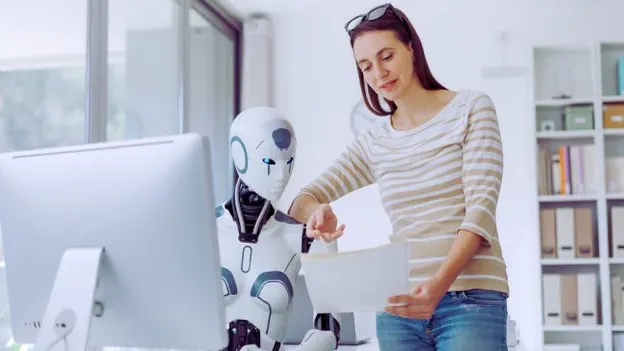
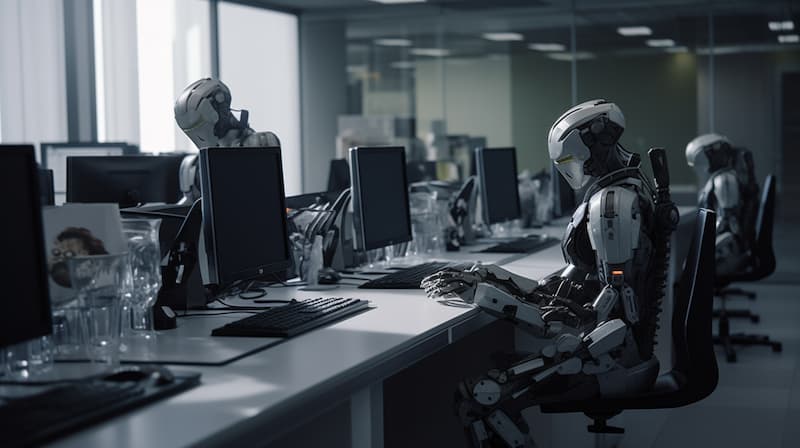
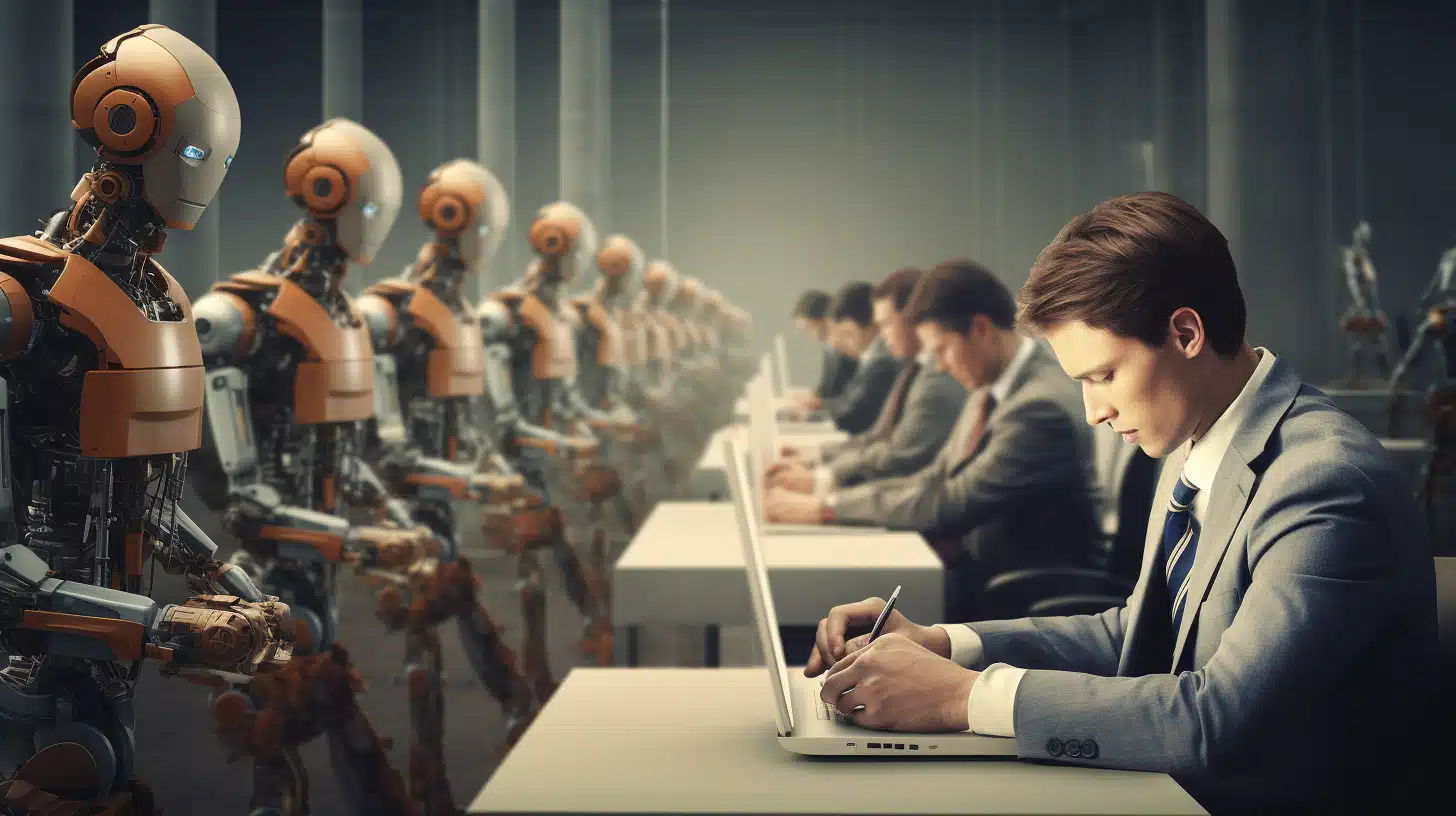
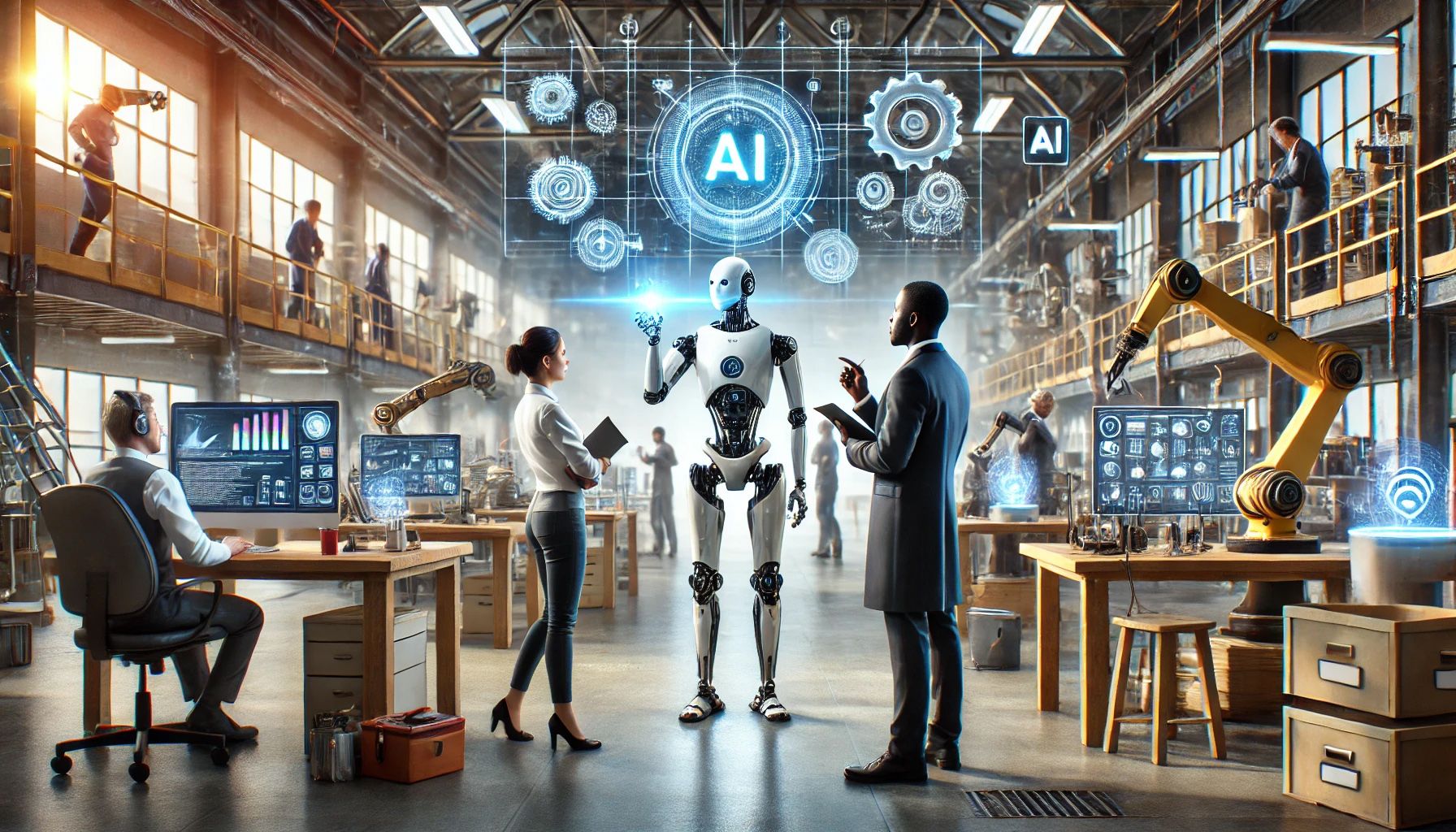
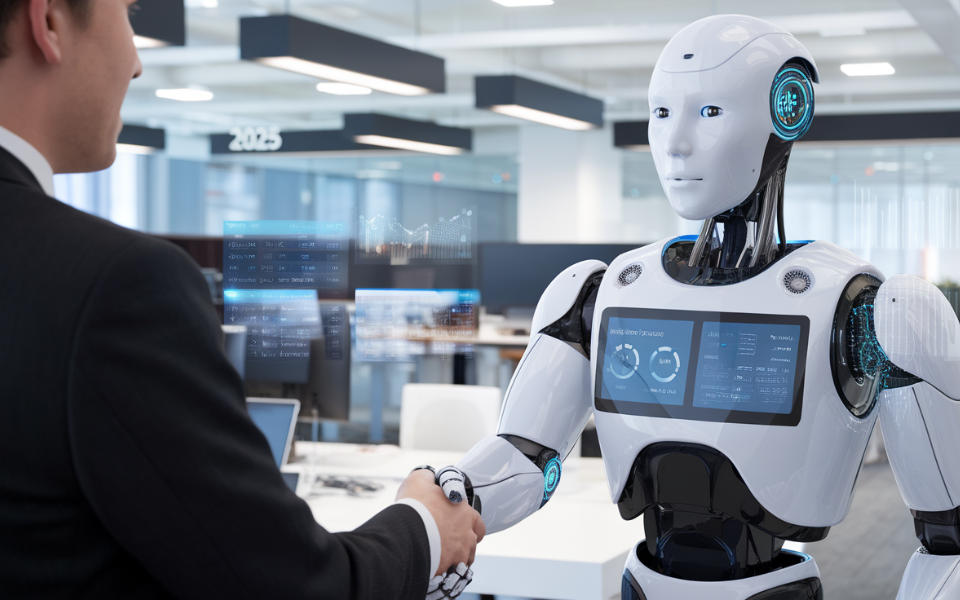
Leave feedback about this